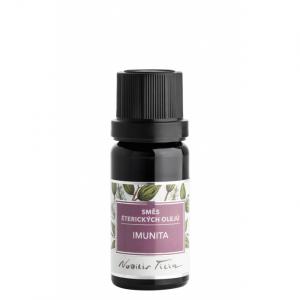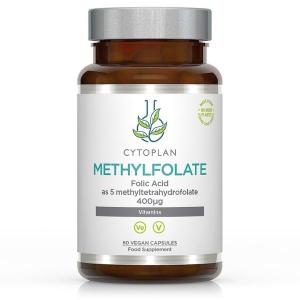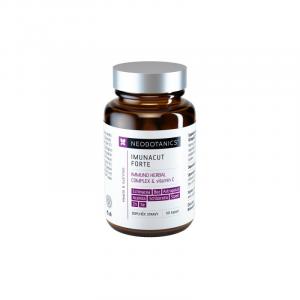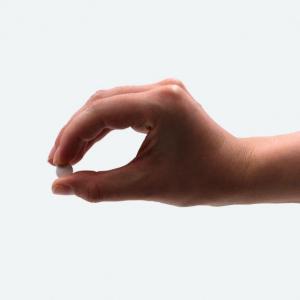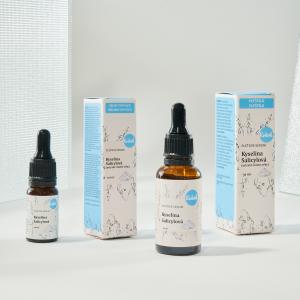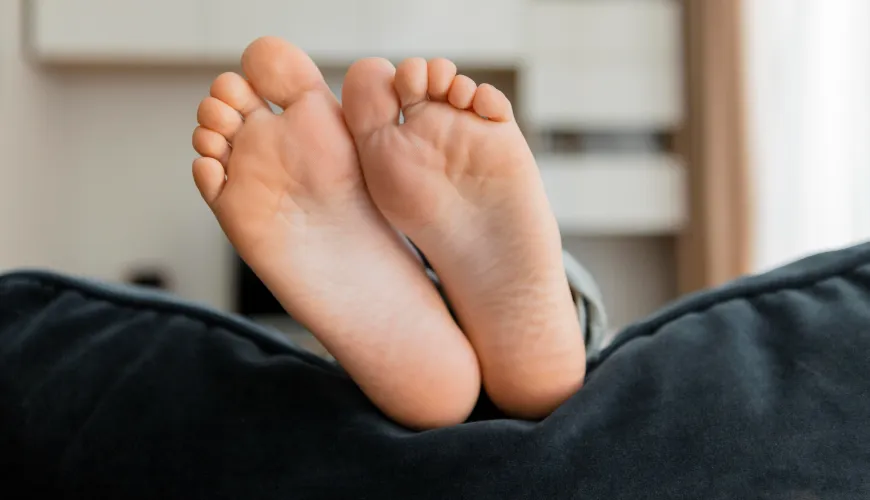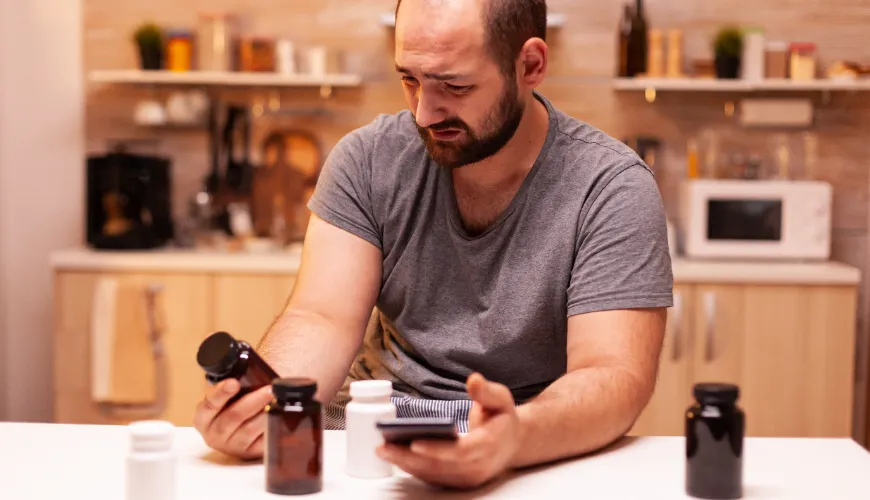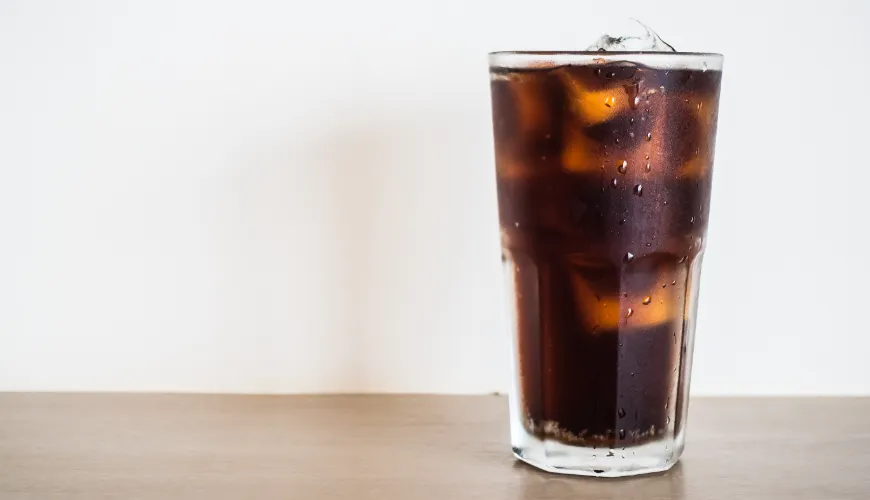
Flea Bites: How to Recognize Them and What to Do Next?
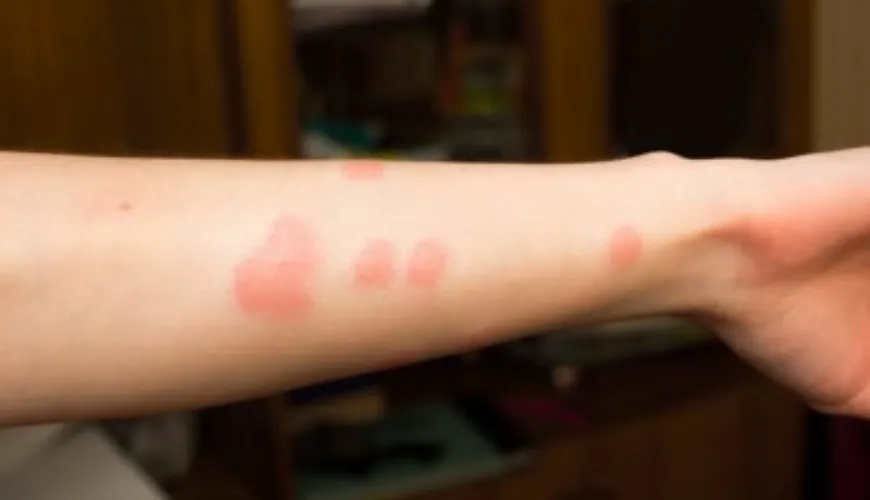
What Does a Flea Bite Look Like?
A flea bite can be an unpleasant surprise, often arriving without warning. Fleas, although very small, can cause significant trouble, whether it be itching, irritation, or even infection. In this article, we will take a detailed look at what a flea bite looks like, how to recognize it, and what you can do to avoid these tiny but very annoying parasites.
How to Recognize a Flea Bite?
A flea bite has several characteristic features that can help you identify it. Most often, it appears as small, red bumps that can easily be mistaken for another type of skin rash. However, what sets a flea bite apart is its arrangement and location.
-
Size and Shape: A flea bite is usually very small, averaging between 1 to 2 millimeters. It may be surrounded by slight redness and swelling, indicating a local reaction of the body to the enzymes that the flea releases during the bite.
-
Location on the Body: Fleas primarily bite in areas where the skin is soft and thin. Typical spots include ankles, legs, waist, but also wrists or the inner sides of elbows. If you sleep with your pet, you may notice bites on your arms or chest.
-
Appearance and Distribution: Unlike mosquito bites, which appear singly, flea bites are often arranged in small clusters or lines. This is because the flea bites multiple times as it moves across the skin.
-
Intense Itching: A flea bite is often accompanied by very intense itching. This itching can be so intense that it compels you to scratch the affected area continuously, which can lead to further problems, such as infection.
What Causes a Flea Bite and Why is it So Unpleasant?
Fleas are parasites that feed on the blood of mammals, including humans. When a flea bites, it injects its saliva into the skin, which contains substances that prevent blood clotting. This saliva is also the main cause of itching and irritation, as the immune system of the body reacts to foreign substances.
Try our natural products
For some people, the reaction to a flea bite can be more pronounced, to the extent that an allergic reaction occurs. This may manifest as greater swelling, more intense redness, and even blisters. In more sensitive individuals, systemic symptoms such as fever or general fatigue may occur, requiring medical attention.
How to Prevent Flea Bites?
Prevention is always better than cure, and this applies to flea bites as well. Fleas are most commonly transmitted by domestic pets, such as dogs and cats. Therefore, it is important to pay special attention to protecting animals from these parasites.
-
Pet Care: Regularly check your pet for fleas. Use antiparasitic products, which are available in the form of collars, drops, or shampoos. These products not only repel fleas but also prevent them from multiplying.
-
Cleanliness in the Home: Fleas can survive not only on animals but also in your home environment, such as carpets, beds, or couches. Regular vacuuming and washing bedding at higher temperatures can significantly reduce the risk of fleas in the home.
-
Protection Outdoors: If you are moving in areas where fleas might be present, such as parks or near wild animals, it is recommended to wear long pants and closed shoes. After returning home, check your clothing and skin, especially if you feel itchy.
Try our natural products
What to Do if You Get Bitten by a Flea?
If you find that you have been bitten by a flea, it is important to proceed carefully to avoid further complications. Above all, try to resist the temptation to scratch the affected area, even though the itching is very intense. Scratching can lead to infection, which will worsen the situation.
-
Treatment of the Bite: To soothe the itching, you can use over-the-counter creams containing hydrocortisone or antihistamines. These preparations help reduce inflammation and relieve itching. If you don't have any medication on hand, you can try a cold compress to temporarily alleviate the discomfort.
-
Monitoring Symptoms: After treating the flea bite, it is important to monitor whether the situation worsens. If you notice that the redness is growing, blisters appear, or other symptoms such as fever occur, it is important to seek medical help.
-
Addressing the Source: If you have pets, it is crucial to treat them immediately for fleas and thoroughly clean their beds and other frequently used areas. If fleas have already spread in the home, thorough pest control and treatment of all affected areas with special products may be necessary.
A flea bite is a minor but unpleasant problem that can disrupt your daily life. Itching, irritation, and potential complications like infections can be very unpleasant, but proper prevention and timely treatment can minimize their impacts. Flea bites are a common occurrence, but with proper pet care and regular home maintenance, you can significantly reduce the risk of their appearance.
Remember, a flea bite can be more than just a small bump on the skin. If you encounter this problem, it is important to act quickly and effectively to prevent further complications and discomfort. With a bit of prevention and the right approach, you can ensure that fleas won't bother you in the future.

